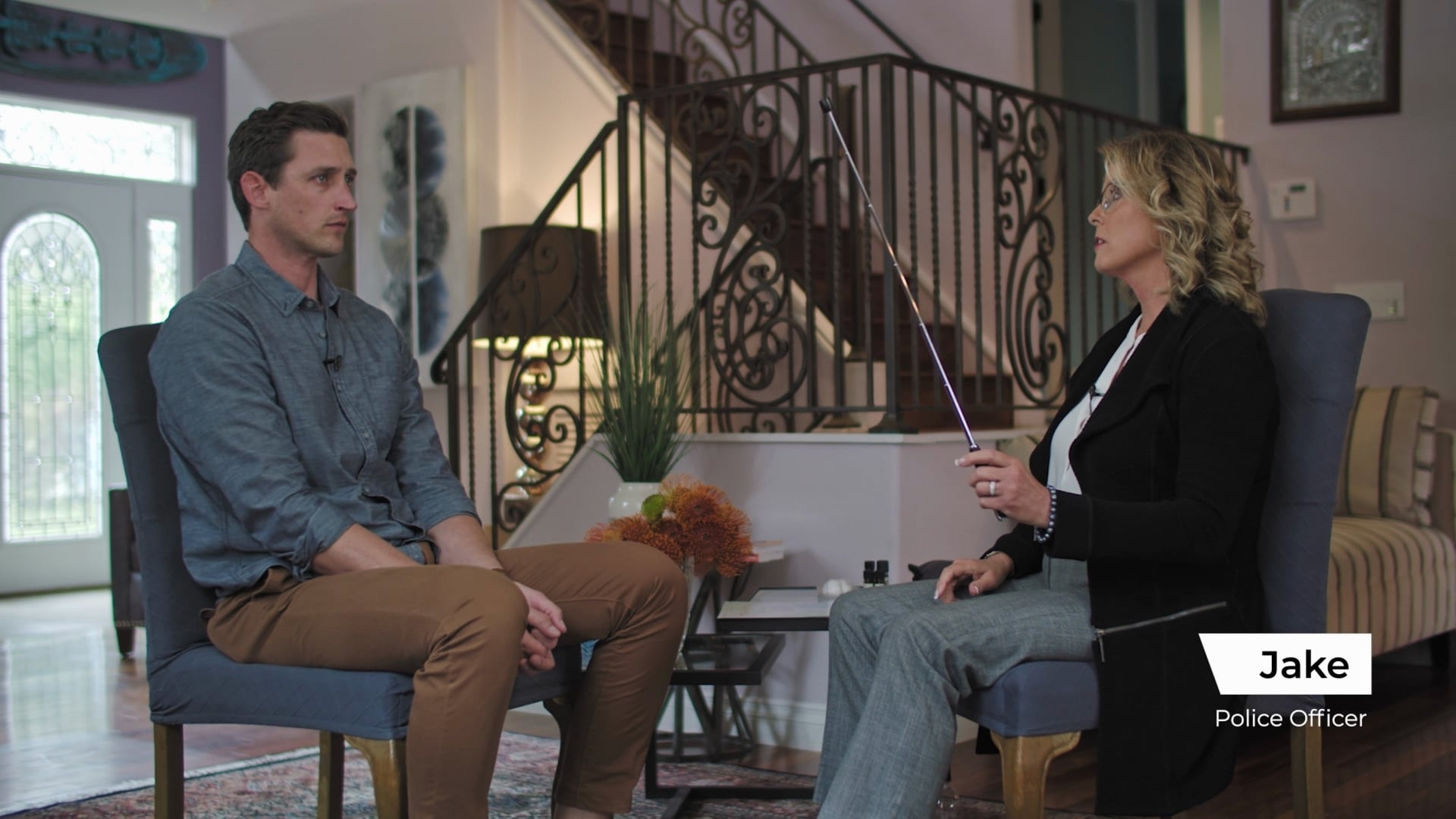
Navigating Desensitization with First Responders
 EMDR for First Responders
EMDR for First RespondersBase four, desensitization. With first responders, now you may not have an extensive comprehensive history. You may not have an expanded target sequencing plan. You have a target, and you're gonna go for it, and you're gonna work on it. Remember that it could go anywhere. It could go to their personal life. It could go to early childhood. It could go to a previous incident at work.
The way I like to look at it and I explain it to first responders in this phase four is it's a perfect storm. There's a current event, and we all know as EMDR clinicians that it lit up something in the nervous system. Because you may not know where that's gonna go, it's so important for us to remember we're not treating the uniform. We're not treating the role. We're treating the whole person.
All throughout this course, you're gonna see first responder clients really diving in and doing the work of phase four. And I like to tell them this is why we call it the work and acknowledge their courage in coming in to do the work. Can we keep going? Yeah. Alright. Ready? Mhmm. So just like before, you're just gonna follow this left and right. You don't have to do anything. Just let thoughts, feelings, images, or body sensations come up and go by.
Take a breath. And like we've done before, just let me know what's coming up. What are you noticing? I can see the table that I was sitting at, And then I remember going through the door, and I don't remember getting in the car as much as I remember being on the way. Mhmm. Okay. Alright. Can we keep going? Yeah. Alright. You're doing great. Hang in. Where'd you go with that? Just kept thinking it was my fault.
I still think it's my fault. Yeah. You've thought that for a long time, haven't you?